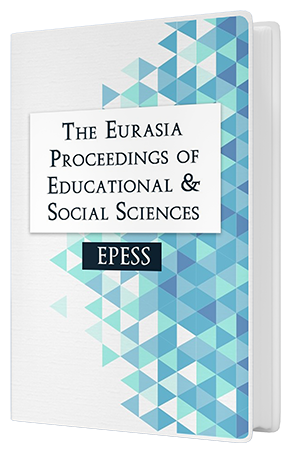A Systematic Literature Review: Utilization of Geographic Information Systems (GIS) in Geography Education in the 21st Century
DOI:
https://doi.org/10.55549/epess.1413320Keywords:
Geography education, Systematic literature review, Geographic information systemAbstract
Nowadays, the development of information and communication technology is running very rapidly. Geography education has a prominent role in ecosystem sustainability and cultural development, which is influenced by geographic data. Learning in the 21st Century with technological developments has increased. Geographic Information Systems (GIS) have become essential in changing how geography is understood and supported in the 21st century. Therefore, this research was conducted to investigate the role of Geographic Information Systems (GIS) in improving the quality of geography education. This research uses the PRISMA 2020 systematic literature review method using Scopus and Google Scholar as the database. A total of 101 articles were collected, but only 12 articles met the criteria for qualitative-thematic analysis. Research findings based on a systematic literature review state that there are two subject areas for using GIS in geography education: secondary schools and higher education. GIS in secondary school-level geography teaching, focuses on the output of increasing students' understanding and knowledge of spatial thinking. The aim of implementing GIS in higher education places greater emphasis on practical benefits in future geographic education development.Downloads
Published
How to Cite
Issue
Section
License
Copyright (c) 2023 The Eurasia Proceedings of Educational and Social Sciences

This work is licensed under a Creative Commons Attribution-NonCommercial-ShareAlike 4.0 International License.
The articles may be used for research, teaching, and private study purposes. Any substantial or systematic reproduction, redistribution, reselling, loan, sub-licensing, systematic supply, or distribution in any form to anyone is expressly forbidden. Authors alone are responsible for the contents of their articles. The journal owns the copyright of the articles. The publisher shall not be liable for any loss, actions, claims, proceedings, demand, or costs or damages whatsoever or howsoever caused arising directly or indirectly in connection with or arising out of the use of the research material. All authors are requested to disclose any actual or potential conflict of interest including any financial, personal or other relationships with other people or organizations regarding the submitted work.




